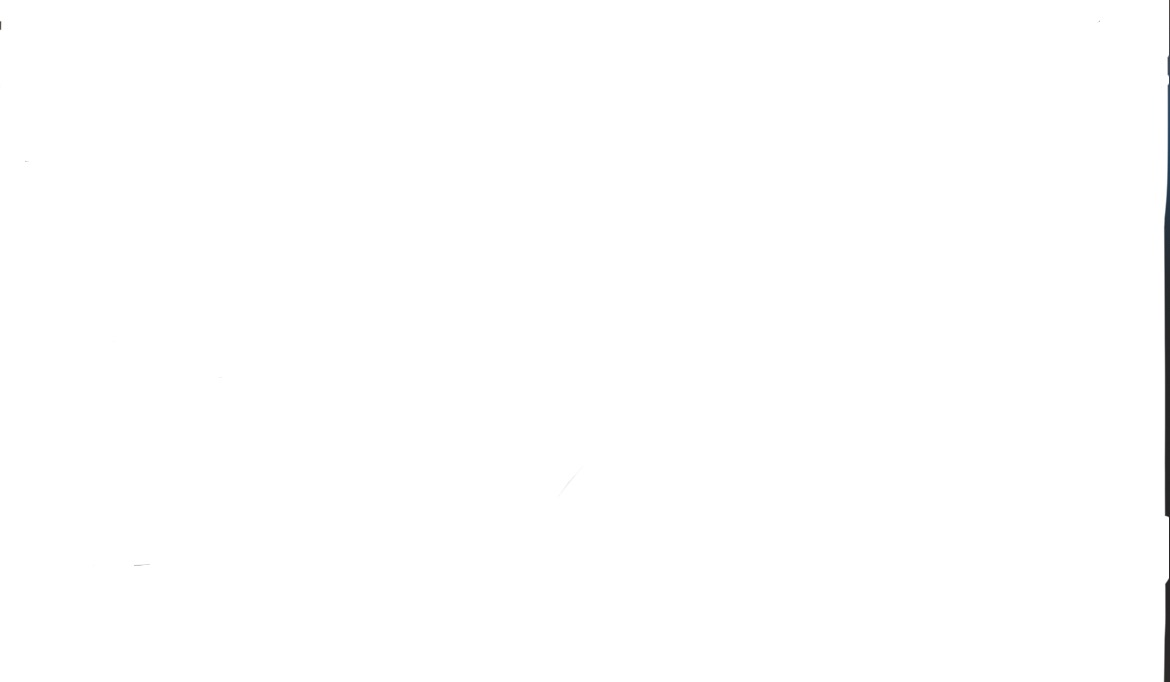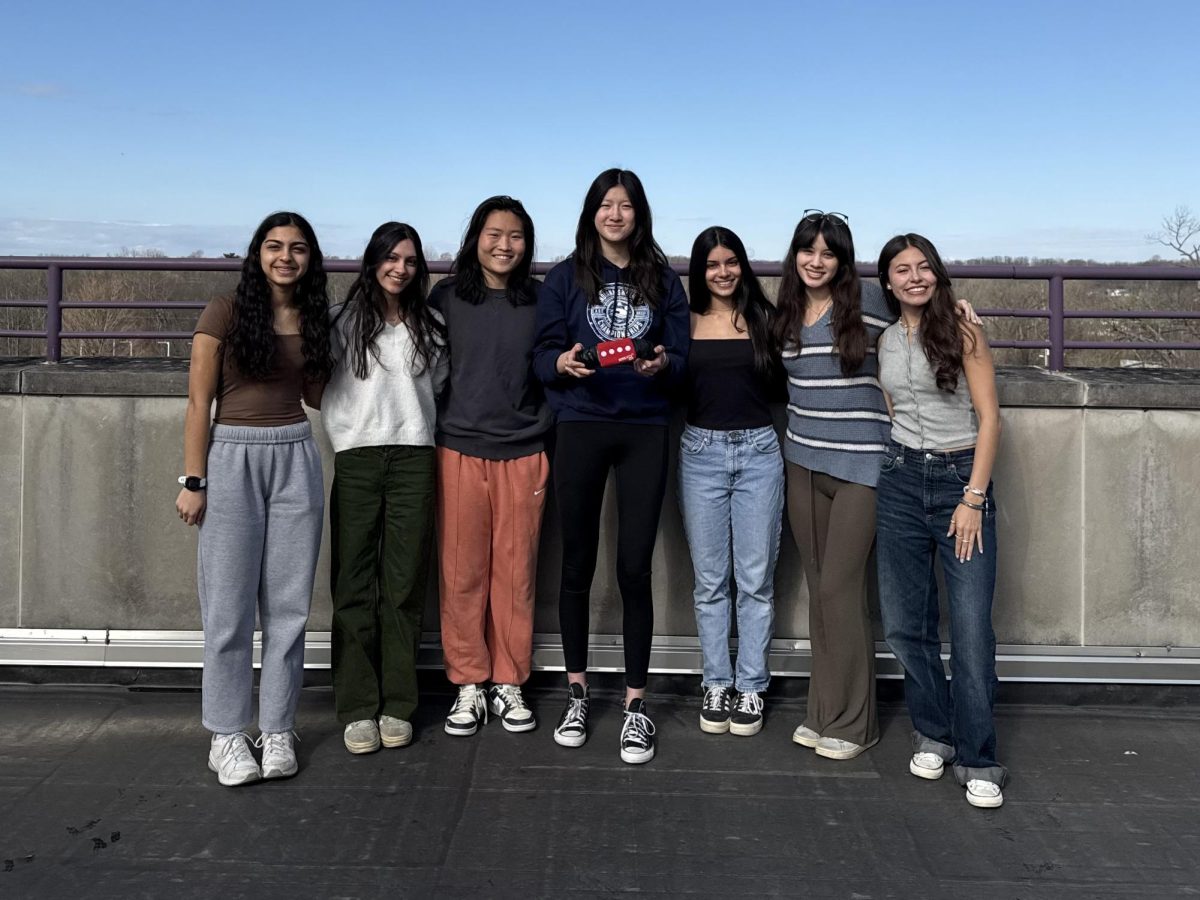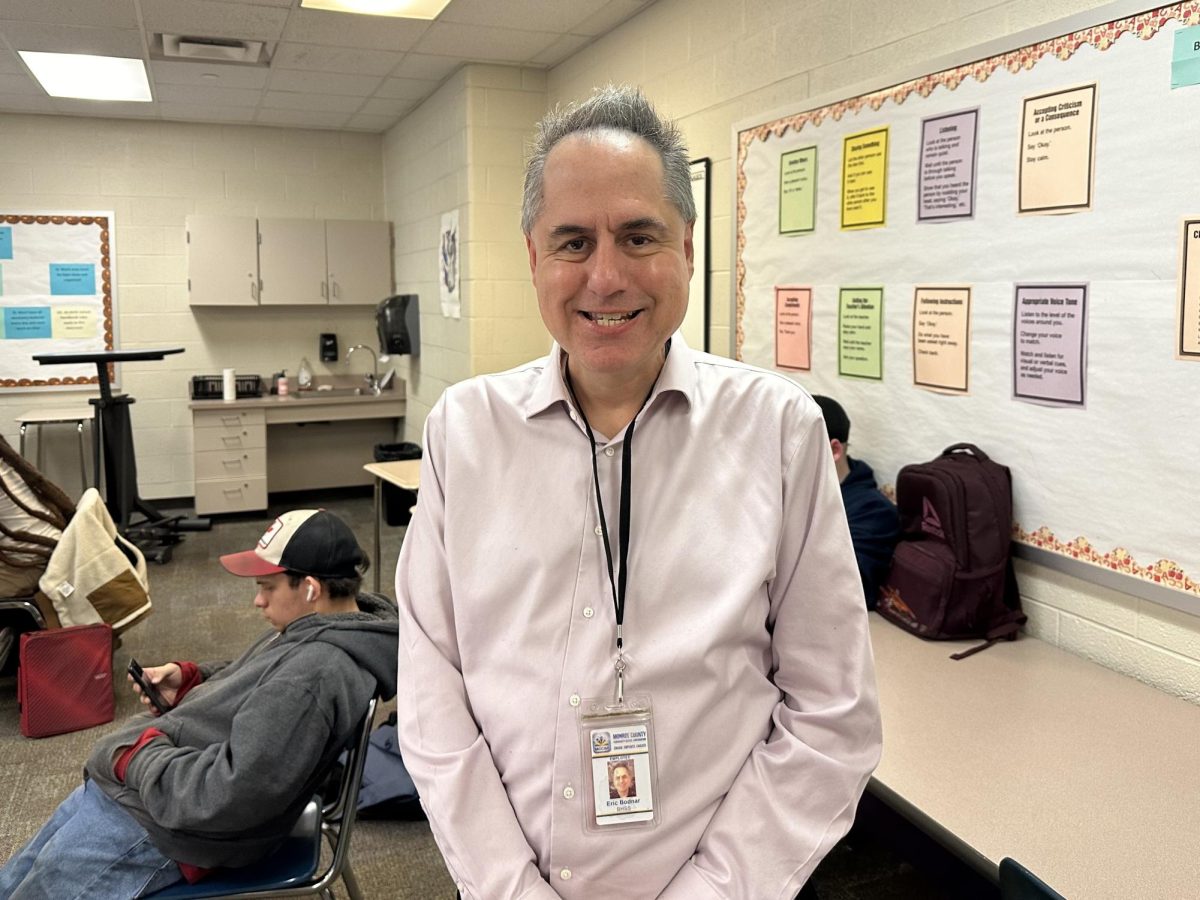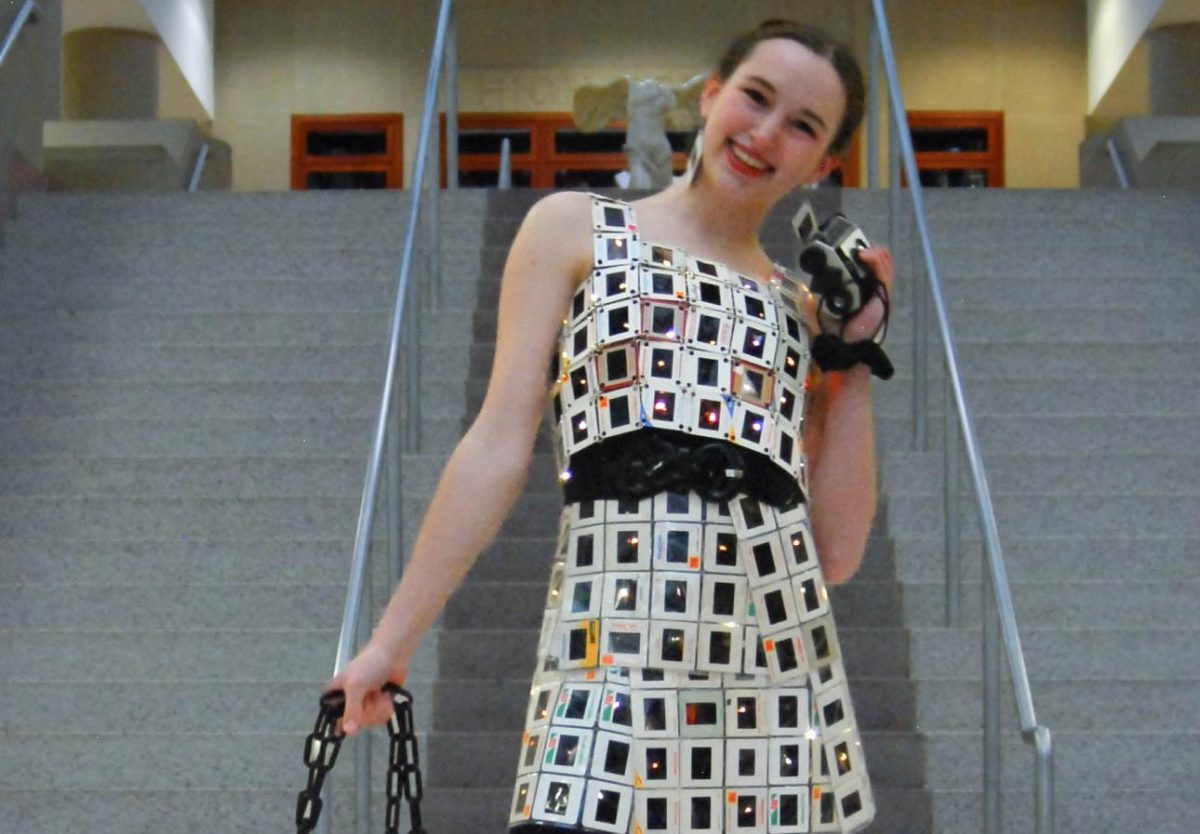These past few years have come to be known as “the fake news era.” With the ever increasing presence of social networking sites, it has become much easier for falsehoods to be put out for all of the world to see. High school is a crucial time for students that requires them to be well informed. So, the question remains: how can students find accurate information in this day and age?
First and foremost, you must make sure that your sources are reliable. If a source seems controversial or suspicious, you should look for another source.
Junior Claire Landgraf explained that she, along with her peers, have been advised to “avoid websites containing ‘.com’ in their URLs, and, instead, search for a website containing ‘.gov’ or ‘.org’.”
In addition to this, one must be wary of information obtained from word-of-mouth communication. While this information can be accurate, it is easy for things to be lost in translation. If you are unsure of the validity of the information you recieve, look it up.
It is also important to note that a person can read two stories about the same topic with two completely different sets of content. This, believes junior Lucy Anderson, is because news sources often must choose what information they deem “necessary and unnecessary.”
Anderson went on to say that it’s important to “know that there are [multiple] points of view for the same story.”
That having been established, it can be said that instead of having fake news in this era, we may simply have multiple perspectives. This is true in some cases, but not all. Many news sources are accurate; however, not everyone goes to reliable news sources for their information. Social media, for example, has become a very common place for information that is often inaccurate. Both Landgraf and Anderson believe that high school students commonly use BuzzFeed, social media, etc. as news sources.
Even taking all this information into account, it can still be difficult to distinguish reliable news sources in the media from unreliable sources. Hoaxy, a program created at IU designed to ‘visualize the spread of claims and fact check,’ is a great tool for students to aid them in their truthful-news quest.
Fake news has become an increasing concern in society. There are many steps you can take to avoid encountering fake news and fake news sources. Best of luck.



